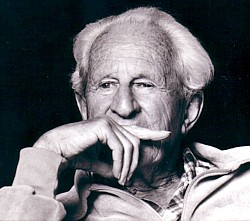
Werner Sollors, "‘Everybody Gets Fragebogened Sooner or Later’: The Denazification Questionnaire as Cultural Text," in: German Life & Letters 71:2(Apr. 2018), 139-153. 15p.
Disseminated in millions of copies to post‐war Germans, the Allied denazification questionnaire, in its best-known version, asked 131 questions not only about membership of the NSDAP, SS, SA, and fifty other affiliated associations, but also about individuals’ pre-Nazi voting record, implicated relatives, and such data as weight, height, and foreign-language expertise. Erich Kästner and Ina Seidel filled in such a questionnaire in 1945. While its massive circulation made it a site of German cultural memory, it also became a bureaucratic nightmare for those who had to evaluate the piles of these forms in the Allied armies and the German ‘Spruchkammern’. The ʻFragebogenʼ provoked writers on both sides of the Atlantic to represent it in fiction and non‐fiction. Just Scheu composed a song about it, and Wolfgang Borchert, Margret Boveri, Stig Dagerman, David Davidson, Alan Marcus, John Dos Passos, Zelda Popkin, and Ernst von Salomon commented on it in prose, often critically, calling it a merciless catechism of 131 questions or an ideological equivalent of tax returns. Though often perceived as an embodiment of American culture, it had emerged with the help of Franz Neumann and Herbert Marcuse, German Marxist intellectuals in exile, who hoped that denazification would bring about revolutionary change in Germany.